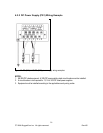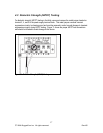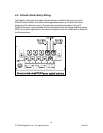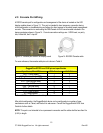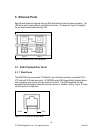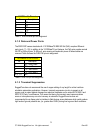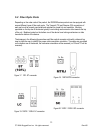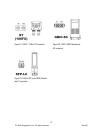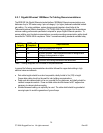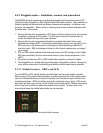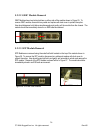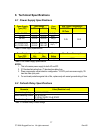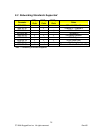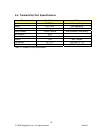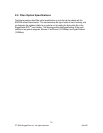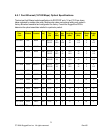
5.2.1 Gigabit Ethernet 1000Base-Tx Cabling Recommendations
The IEEE 802.3ab Gigabit Ethernet standard defines 1000Mbit/s Ethernet communications over
distances of up to 100 meters using 4 pairs of category 5 (or higher) balanced unshielded twisted-
pair cabling. For wiring guidelines, system designers and integrators should refer to the
Telecommunications Industry Association (TIA) TIA/EIA-568-A wiring standard that characterizes
minimum cabling performance specifications required for proper Gigabit Ethernet operation. To
ensure reliable, error-free data communications, new and pre-existing communication paths should
be verified for TIA/EIA-568-A compliance. Table 7 summarizes cabling standards available today.
Cabling
Category
1000BaseTx
Compliant
Required action
< 5 No New wire infrastructure required
5 Yes Verify TIA/EIA-568-A compliance
5e Yes No action required. New installations should be designed with
Category 5e components or higher
6 Yes No action required
> 6 Yes Connector and cabling standards to be determined.
Table 7: Cabling categories and 1000BaseTx compliance defined.
In general the following recommendations should be followed for copper data cabling in high
electrical noise environments:
• Data cable lengths should be as short as possible, ideally limited to 3m (10ft) in length.
Copper data cables should not be used for inter-building communications.
• Power and data cables should not be run in parallel for long distances, and ideally should be
installed in separate conduits. Power and data cables should intersect at 90° angles when
necessary to reduce inductive coupling.
• Shielded/screened cabling can optionally be used. The cable shield should be grounded at
one single point to avoid the generation of ground loops.
24
© 2008 RuggedCom Inc. All rights reserved Rev105



